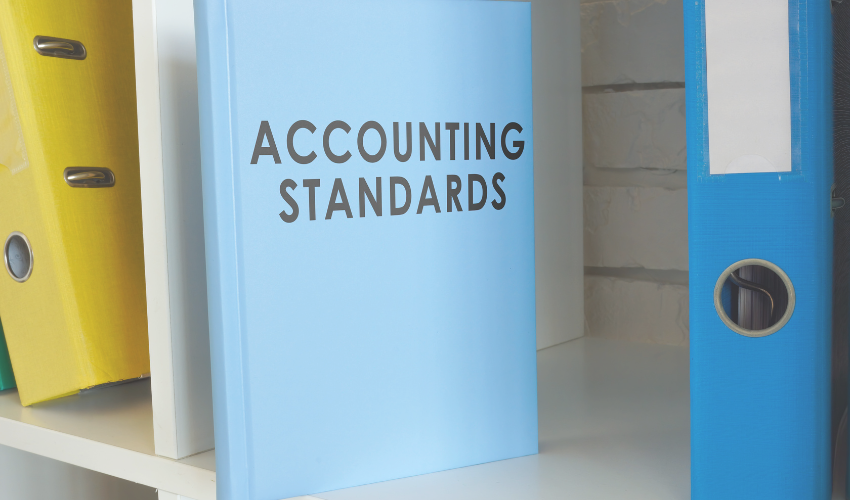What are Indian Accounting Standards (Ind-AS)?
As businesses become increasingly globalized, the need for standardized and transparent financial reporting is more critical than ever. In India, the adoption of Indian Accounting Standards (Ind AS) has been a significant leap toward aligning the country’s financial reporting practices with international standards. In this extensive exploration, we will navigate through the intricacies of Indian Accounting Standards, shedding light on their evolution, key principles, and their impact on financial reporting in the Indian corporate landscape.
I. Evolution and Adoption:
The journey of Indian Accounting Standards can be traced back to the early 2000s when the Institute of Chartered Accountants of India (ICAI) initiated the process of convergence with International Financial Reporting Standards (IFRS). The objective was to enhance the comparability and consistency of financial statements globally. The convergence process culminated in the adoption of Ind AS, with effect from April 1, 2016, for certain classes of companies.
II. Scope and Applicability:
Ind AS is applicable to companies, both listed and unlisted, meeting specific criteria related to their net worth, turnover, and listing status. While small and medium-sized entities have the option to voluntarily adopt Ind AS, listed companies and their subsidiaries are mandated to adhere to these standards.
III. Key Principles of Ind AS:
1. Fair Value Measurement:
Ind AS places a strong emphasis on fair value measurement, requiring entities to assess and disclose the fair value of financial instruments, biological assets, and certain non-financial assets.
2. Revenue Recognition:
Aligning with the global trend, Ind AS introduced a comprehensive framework for revenue recognition, focusing on the transfer of control rather than the transfer of risks and rewards.
3. Leases and Financial Instruments:
Ind AS prescribes detailed guidelines for the accounting treatment of leases and financial instruments, reflecting the complexities inherent in these transactions.
4. Consolidation and Business Combinations:
Ind AS significantly revises the principles governing the consolidation of financial statements and accounting for business combinations, promoting transparency and a more accurate reflection of a company’s financial position.
IV. Challenges and Implementation Issues:
While the adoption of Ind AS is a commendable step toward international harmonization, it has not been without challenges. Companies, particularly those transitioning from the previous Indian Generally Accepted Accounting Principles (GAAP), have faced implementation issues. Addressing these challenges requires a concerted effort from both regulators and businesses to ensure a smooth transition and accurate financial reporting.
V. Impact on Financial Statements:
The shift to Ind AS has profound implications for the presentation of financial statements. Comparisons between financial statements prepared under the previous GAAP and Ind AS reveal variations in reported profits, net assets, and other key financial metrics. Stakeholders, including investors, analysts, and creditors, need to be cognizant of these changes to make informed decisions.
VI. Continuous Evolution:
The landscape of accounting standards is dynamic, with ongoing amendments and updates. As India moves closer to the convergence with IFRS, it is essential for businesses to stay abreast of the latest developments and updates in Ind AS to ensure compliance and accurate financial reporting.



